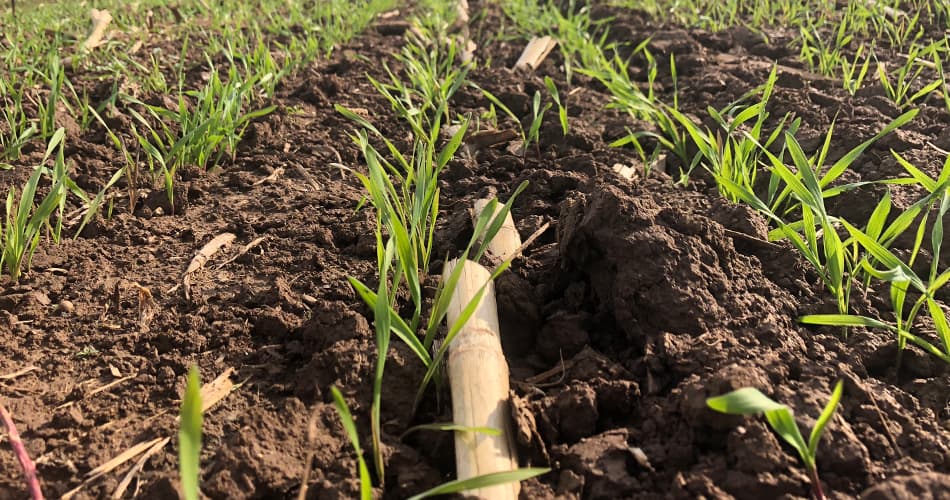After a long winter the sun is finally shining, the birds are chirping and the grass is growing fast. Just like you’re itching to get outside to prepare your garden or mulch your flower beds, dairy farmers are anxiously waiting for the time to be right to get their fields and farms ready for the coming growing season.
What is on a dairy farmer’s spring checklist? Cleaning out the barn, fertilizing fields, planting crops and milking the cows, of course!

Cleaning out the barn
A dairy cow produces about 17 gallons of manure a day, so a daily chore for dairy farmers is to keep the barn clean for their cows. Farmers remove manure from their barns and place it in temporary storage, which can include a pit, tank or holding pond. These secure on-farm facilities help reduce odor and hasten decomposition until the manure can be applied to fields as fertilizer.

Fertilizing fields
Many dairy farmers apply manure to their fields as a local, natural fertilizer and are committed to following the 4R principles. They make sure to apply fertilizer from the right source, at the right rate, during the right time and to the right place. Cow manure’s unique composition helps restore nutrients in the soil which helps it be healthier and reduces the need for synthetic chemical fertilizers. Applying manure to fields also helps increase the water-holding capacity of soil by up to 20%, resulting in reduced groundwater needed to grow crops.
When the weather and ground conditions are right, manure can be removed from the temporary holding tanks and spread onto crop fields as a natural fertilizer, according to detailed nutrient management plans. These plans take into account the types of soil on the farm, the terrain of the fields, soil moisture levels, and the amount of nutrients the next crop on that field will need. Federal, state and local clean water laws regulate how manure is applied on cropland, so nutrients are absorbed by crops, not groundwater.

Planting Crops
Over 1/3 of a dairy cow’s feed is grown right on the farm – the rest is typically grown by nearby crop farmers. This means that dairy farmers are especially busy during planting and harvesting time. Some common crops planted in Ohio and West Virginia are corn, soybeans, alfalfa, wheat, oats, rye grass and more.
Because farmers often live on the land they farm, they make extra efforts to implement regenerative farming practices to ensure our resources are well-preserved for generations to come. Some of these practices include no-till farming, planting cover crops, utilizing buffer strips and taking soil samples to prevent erosion, manure and water runoff, and maintain soil health.


Spring is a busy time for all especially dairy farmers, that is why when having a break go for a cold glass of milk, either flavored or plain.